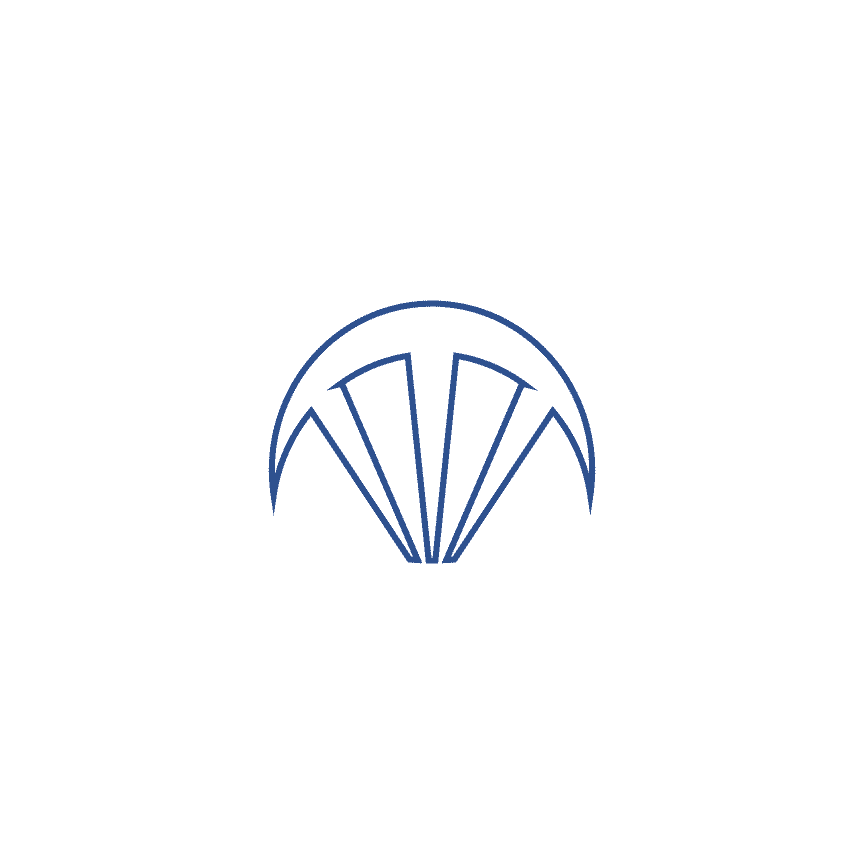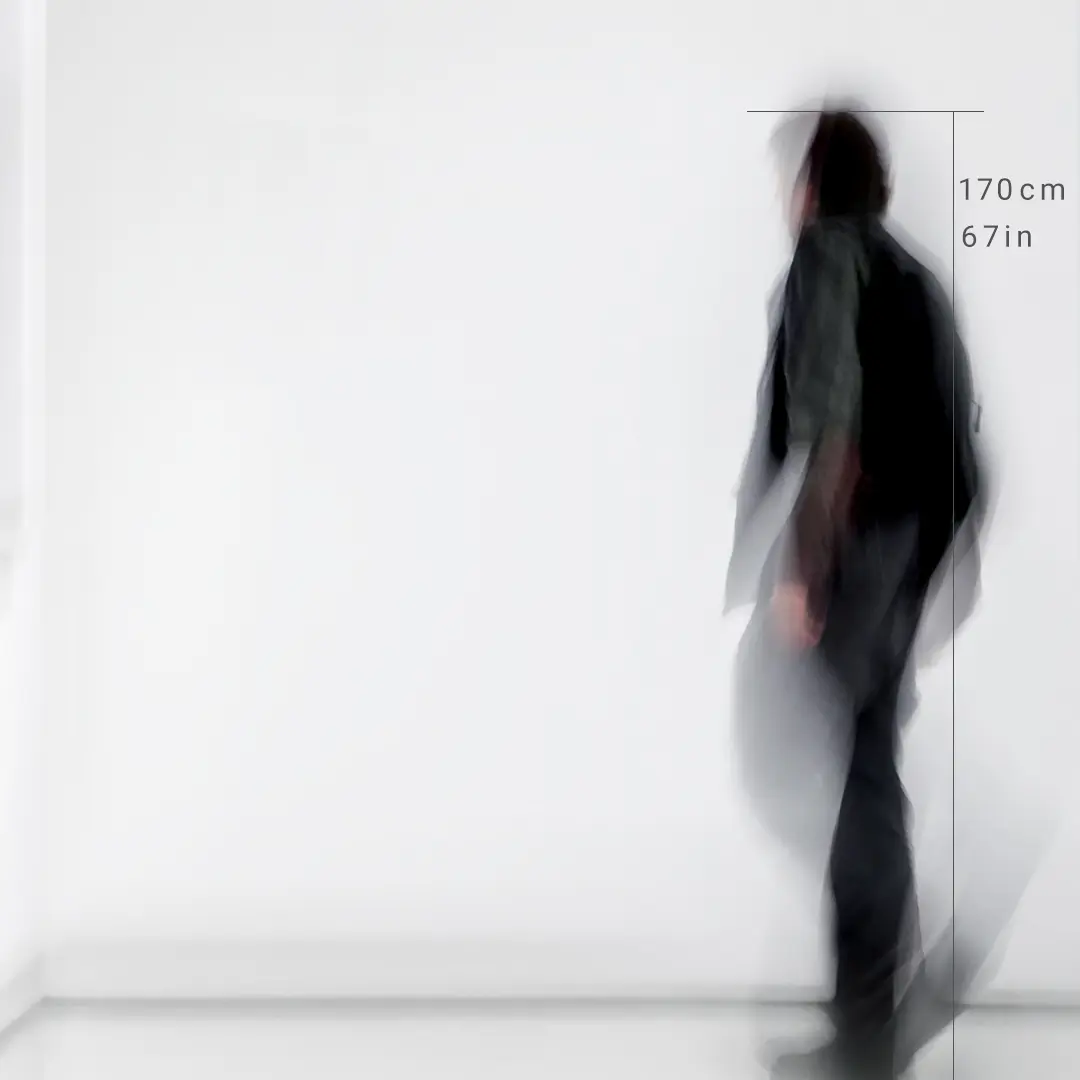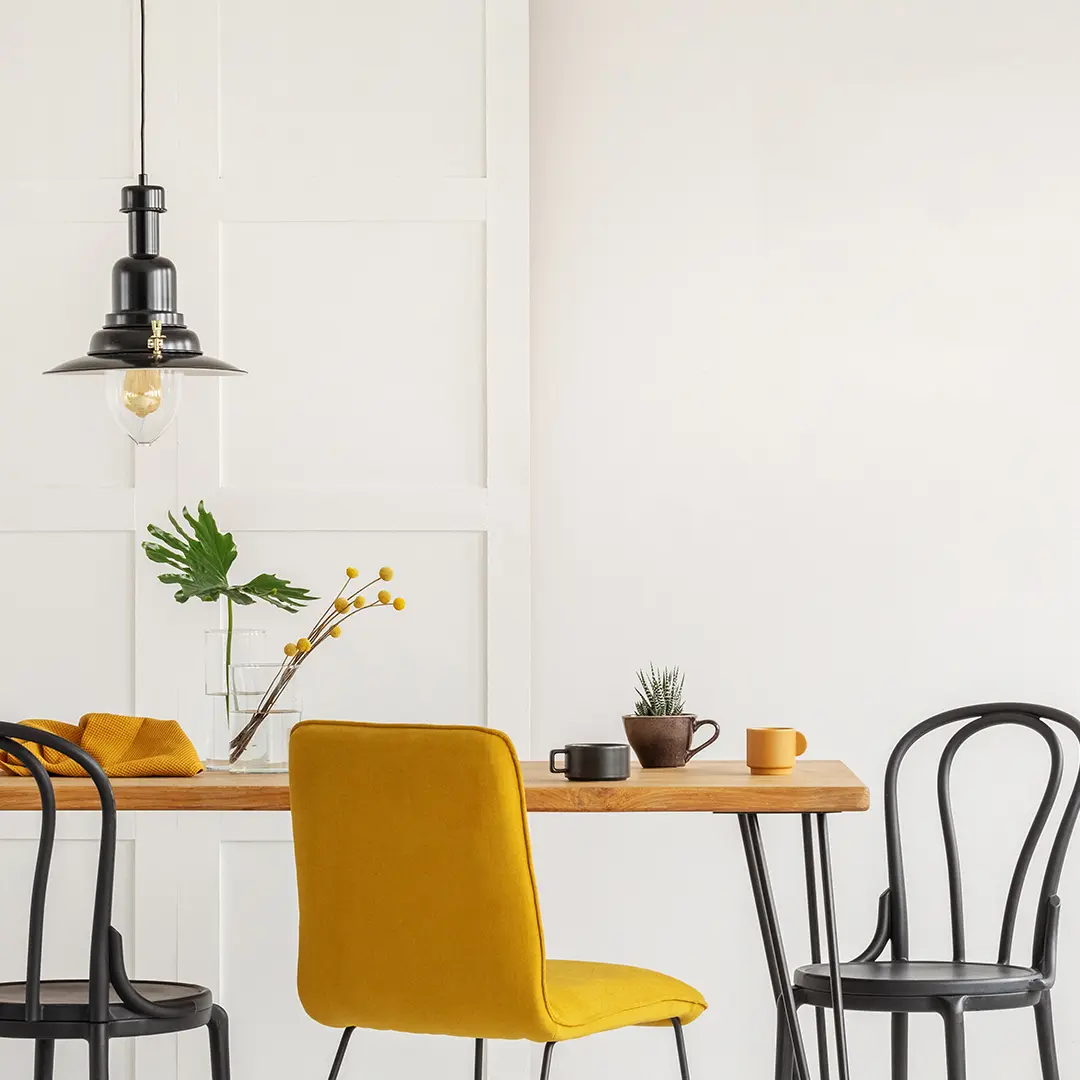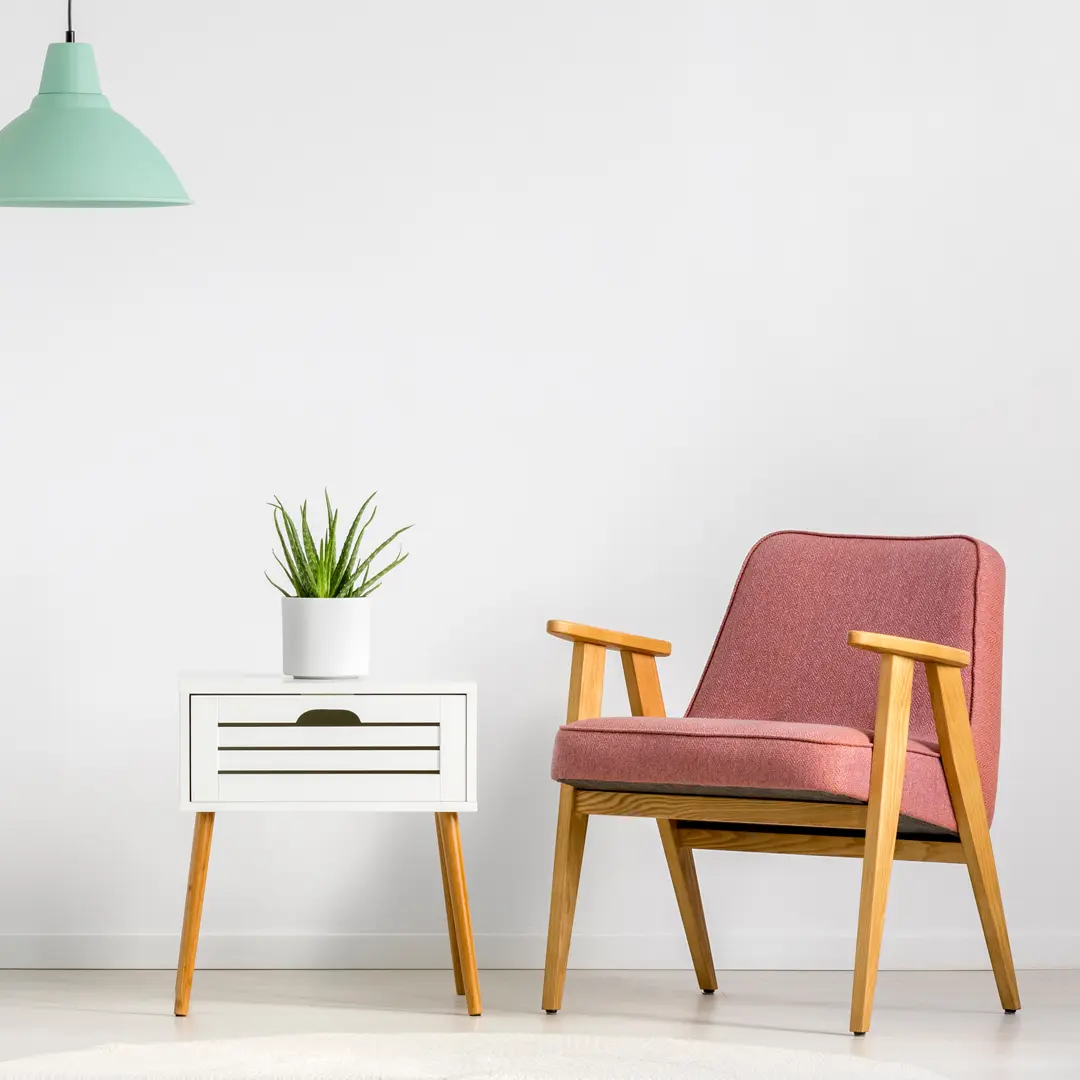Japanese paper, silver leaf sulfurization technique, mizuhoshi, iwa-enogu, gold paint, size F3. Silver leaf, a technique unique to Japanese painting, was sulfurized with sulfur, baked, and then further pigmented. Haruran orchids are wild orchids representative of Japan. Green flowers are common and orange is a rare species. Haruran is one of the "Four Princes," a term that refers to the four species of orchid, bamboo, chrysanthemum, and plum as the "sovereigns" among plants and trees, and is also used as a basic exercise in ink painting. Japanese painting is based on a style of painting that has existed for more than 1,000 years, and uses traditional materials that have been cultivated through the ages. The technique involves painting on Japanese paper, silk, wood, etc., using natural pigments such as sumi ink, iwa-enogu (mineral pigments), gofun (gofun), etc., and glue (nikawawa) as an adhesive. Gold and other metal materials (gold leaf, etc.) are also used. Iwa-enogu, made from ores, is a beautiful, sand-like powder. Mizuhigure, made from clay, is a fine, stretchy, fine-particle paint. Artificial versions of iwa-enogu and mizuhoshi egur are also made, and are available in a wide variety of colors. Goko, made from shells, is a white pigment with fine particles.
































































